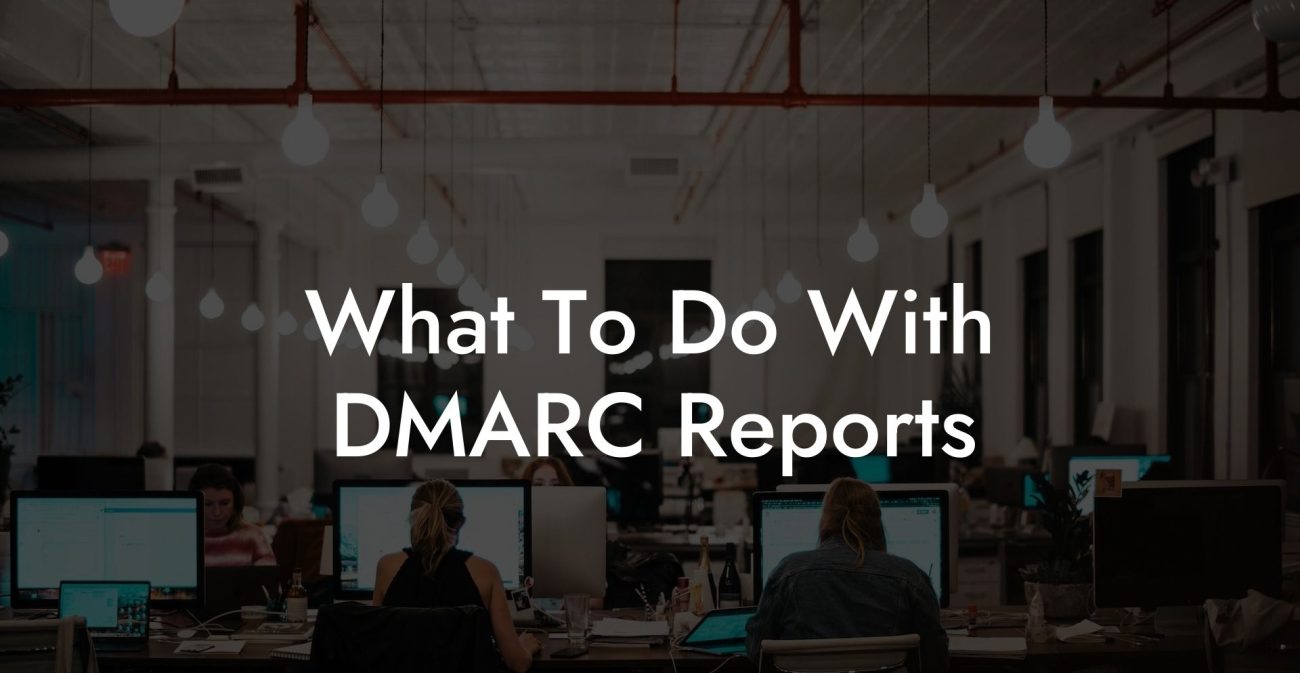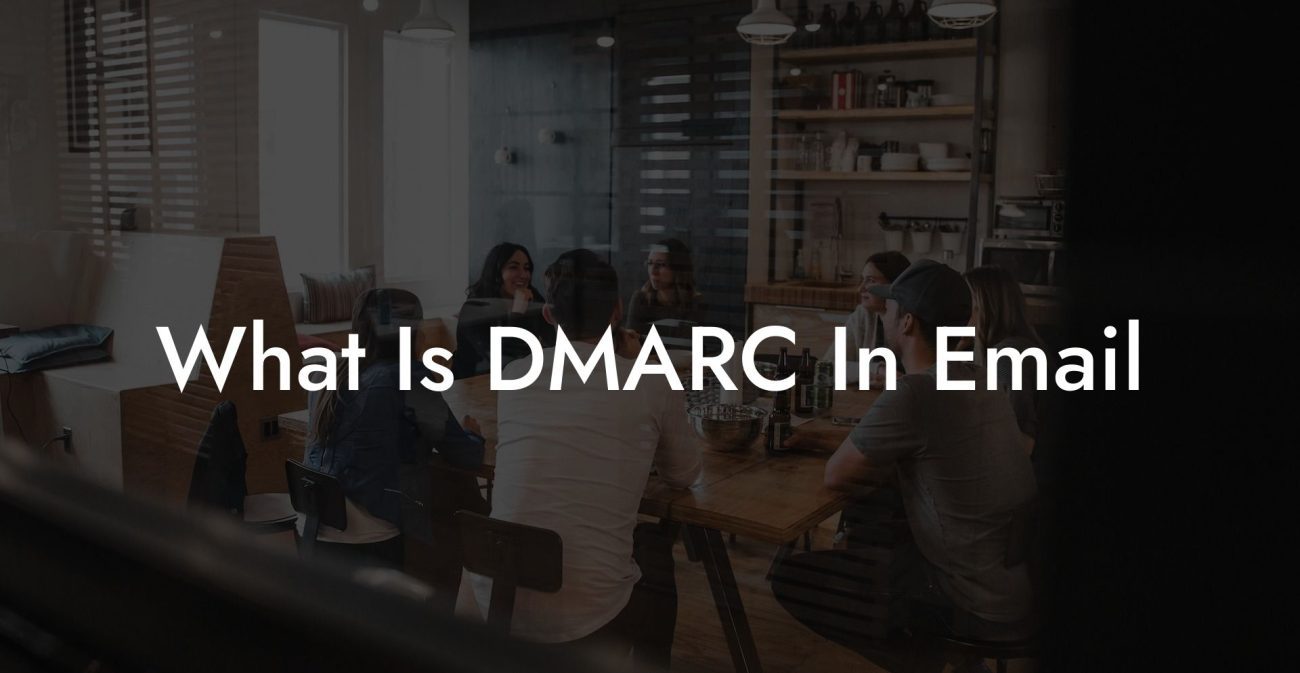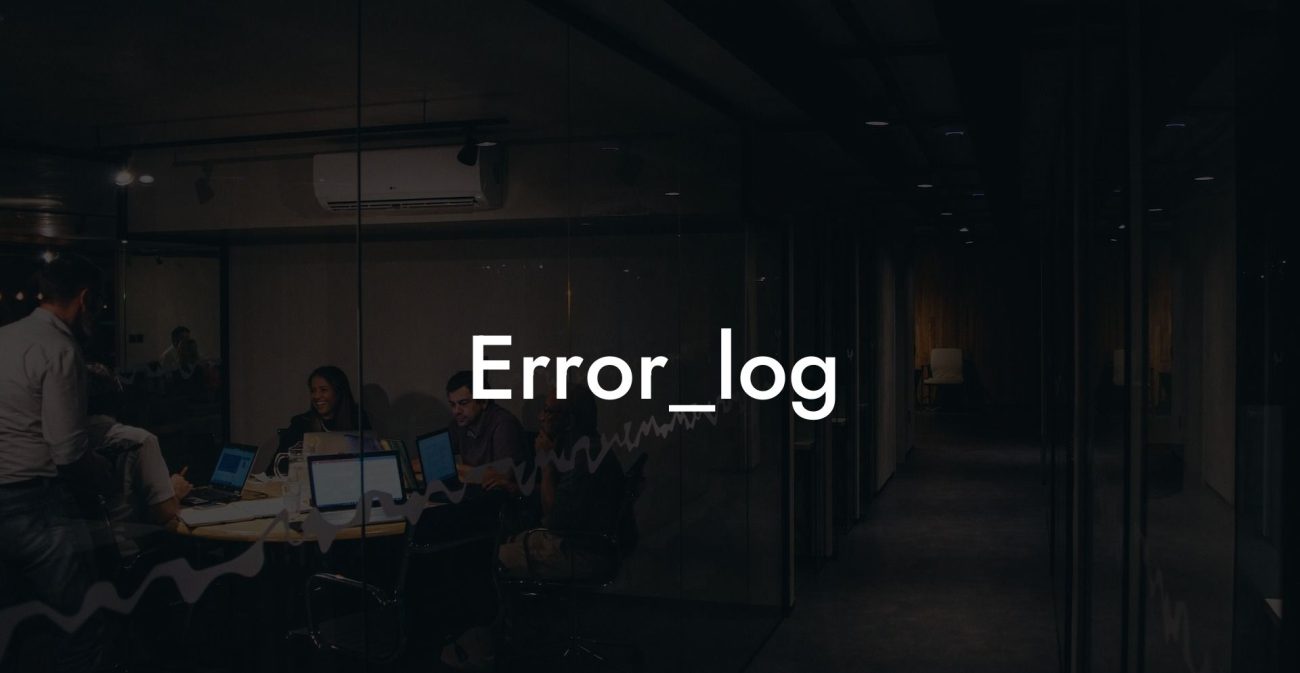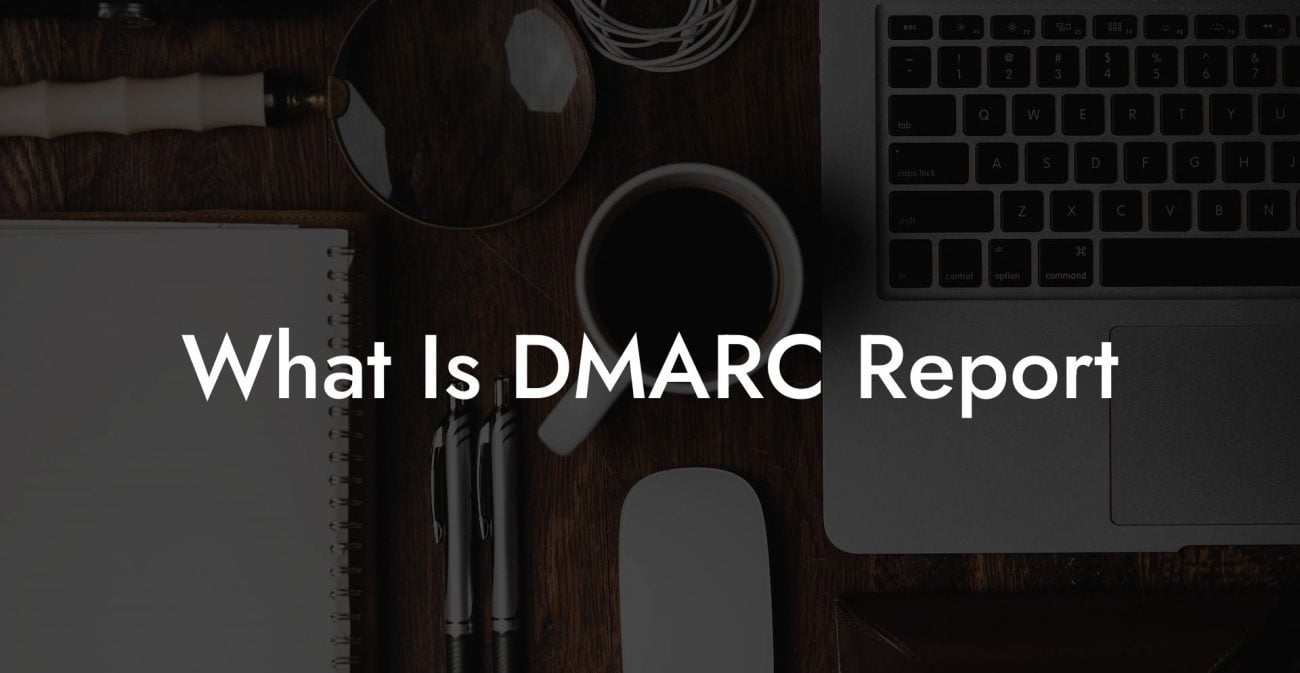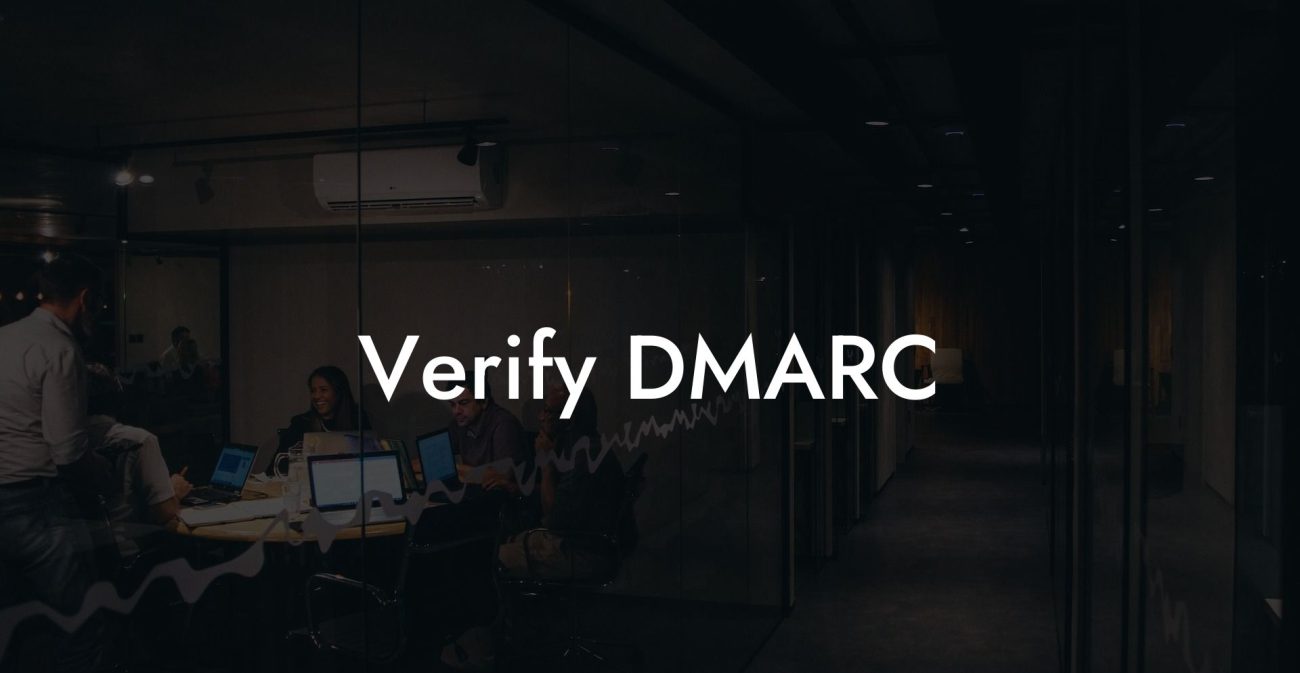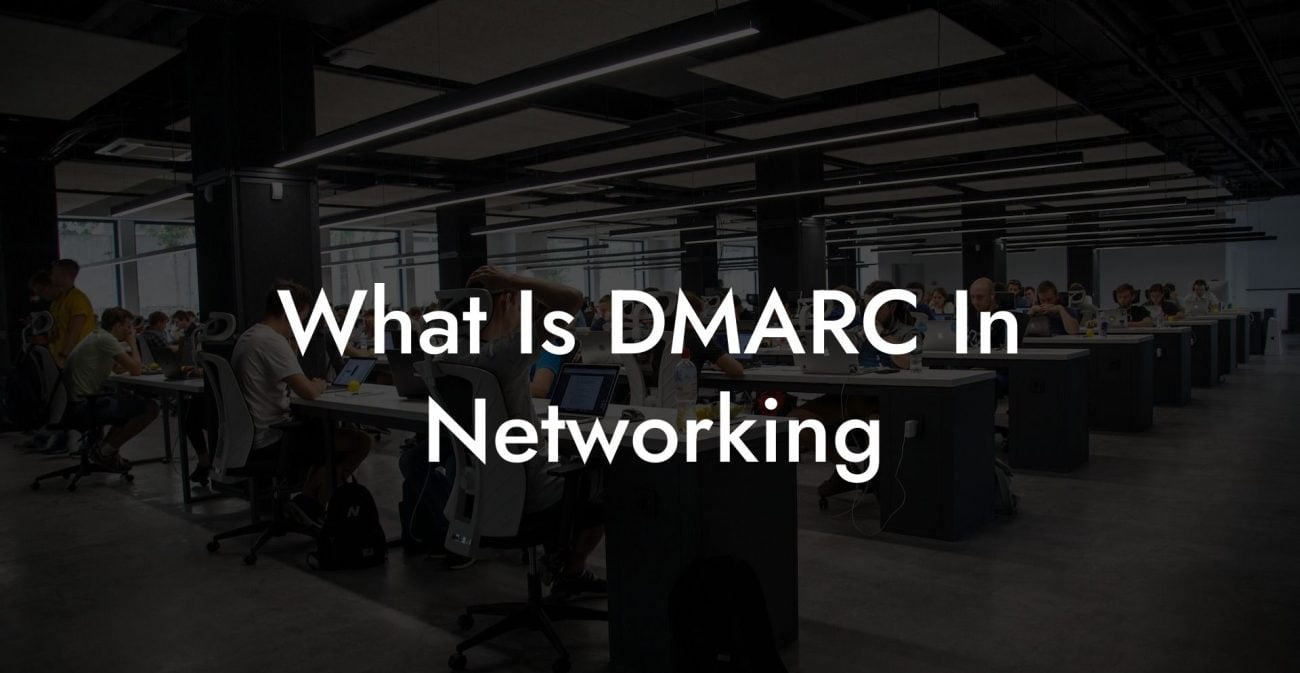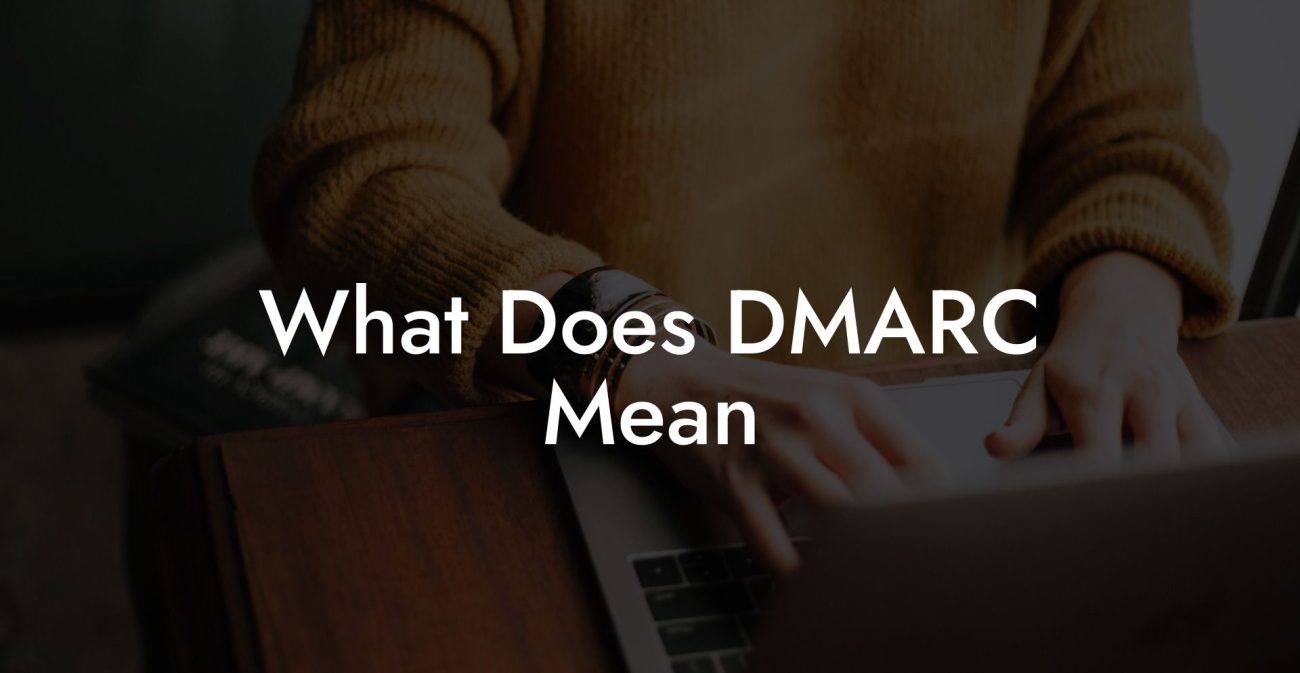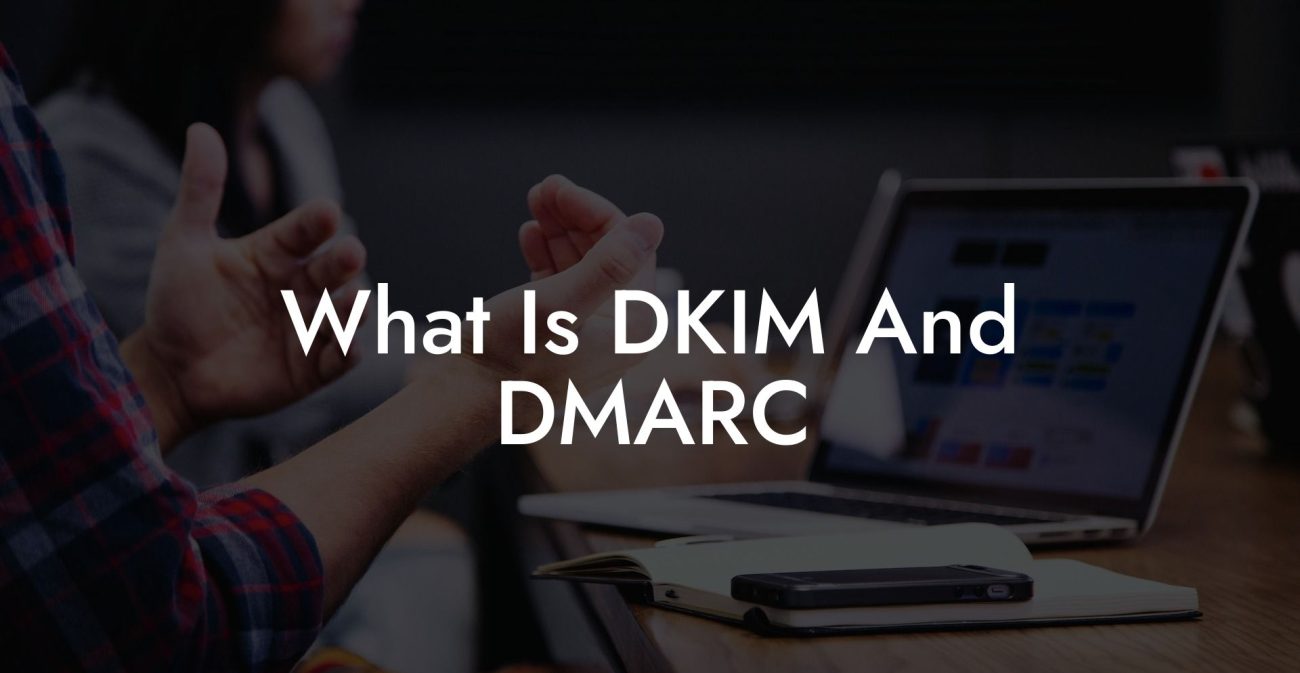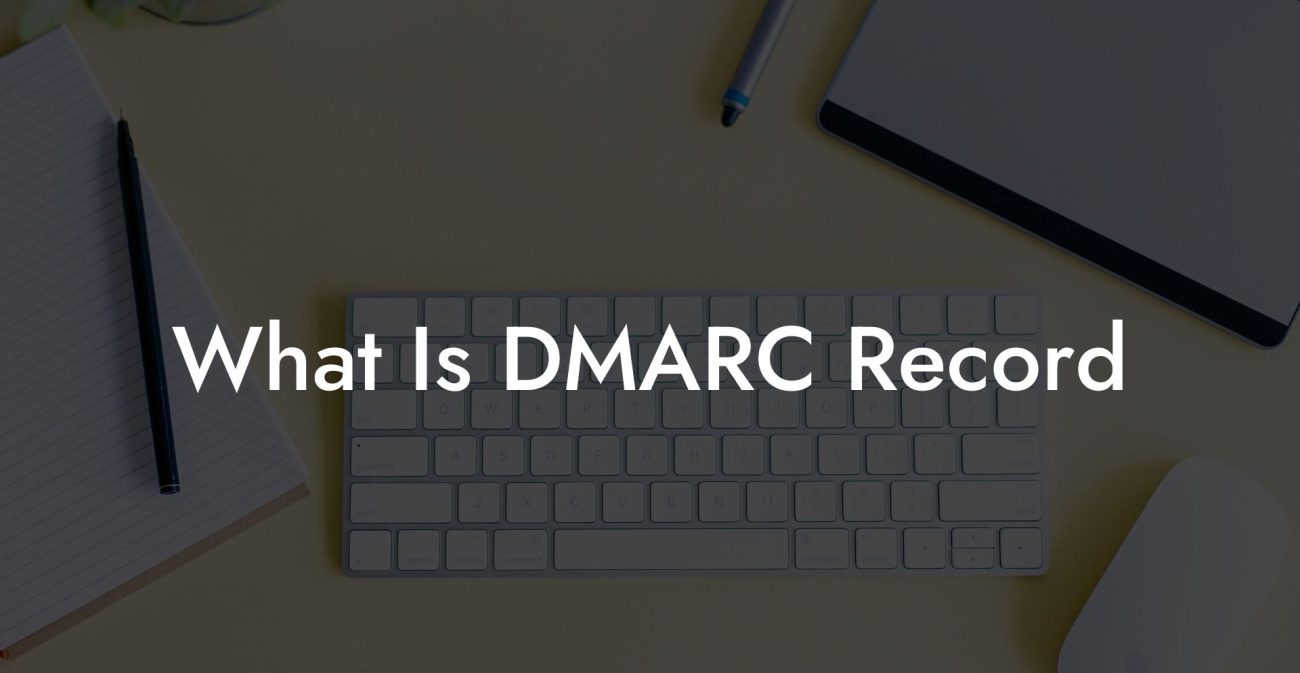In today's era of digital communication, securing your company's electronic correspondence from malicious attacks or phishing attempts should be a top priority. One effective way to ensure that your business email is well-protected and prevent unauthorized use is through DMARC. But, what exactly is DMARC, and how does it work? In this article, we delve into the world of DMARC to provide you with an in-depth understanding of its purpose, benefits, and how to implement it for your organization.
DMARC Stands For Table of Contents
What DMARC Stands For
DMARC, or "Domain-based Message Authentication, Reporting & Conformance," is a crucial email authentication protocol that works in conjunction with other security measures like SPF (Sender Policy Framework) and DKIM (DomainKeys Identified Mail). DMARC provides an additional layer of protection against fraudulent emails, spoofing, and phishing attacks by allowing email domain owners to signal to receiving mail systems how they should handle messages that do not pass SPF or DKIM authentication.
How DMARC Works
Protect Your Data Today With a Secure Password Manager. Our Top Password Managers:
DMARC works by adding a TXT record to a domain's DNS (Domain Name System) containing the DMARC policy. This policy allows domain owners to specify how email messages that fail SPF and DKIM authentication should be treated. The possible actions for unauthenticated emails include:
- None - Monitor the situation and collect data, but do not enforce any specific action.
- Quarantine - Send the unauthenticated email to the recipient's spam or junk folder.
- Reject - Reject the email outright, and it will not be delivered to the recipient.
In addition to enforcement actions, DMARC policies also offer reporting options that enable domain owners to receive feedback on messages claiming to be from their domain. This helps organizations identify potential issues and adjust their policies accordingly to optimize email security.
Benefits of Implementing DMARC
Using DMARC in your email security arsenal comes with several notable benefits:
1. Enhanced Protection Against Email Spoofing and Phishing
DMARC provides an extra layer of security by giving domain owners control over message handling when SPF and DKIM authentication fail. This prevents unauthorized use of your domain and reduces the risk of phishing attacks.
2. Improved Email Deliverability
By implementing DMARC, you signal to receiving mail systems that you have taken measures to authenticate your emails. This can improve your sender reputation and increase the likelihood of your emails being delivered to your recipient's inbox rather than being marked as spam.
3. Increased Visibility and Control Over Your Domain's Email
DMARC reporting provides organizations with valuable data about their domain's email traffic, enabling them to identify potential weaknesses and make necessary policy adjustments.
4. Preserve Your Brand's Reputation
By protecting against fraudulent emails and phishing attacks, DMARC implementation can help maintain your company's brand integrity and customer trust.
DMARC Stands For Example:
Let’s consider a hypothetical situation in which a malicious actor attempts to spoof an email from "companyA.com." This attacker creates an email claiming to be from "ceo@companyA.com" and sends it to potential victims, hoping to trick them into providing sensitive information or clicking on harmful links.
With DMARC implemented, the attacker would face several challenges. First, the email would not pass SPF and DKIM authentication checks. Second, if the DMARC policy for "companyA.com" specified to quarantine or reject unauthenticated emails, the malicious message would either land in the recipient's spam folder or not be delivered at all. Lastly, the DMARC reporting feature would notify "companyA.com" of the attempted fraudulent activity, allowing them to take corrective actions if necessary.
In conclusion, understanding and implementing DMARC as part of your organization's email security strategy is critical in combating email spoofing and phishing attacks. Through DMARC, you can provide additional protection for your domain, preserve your brand's reputation, and improve your email deliverability. We hope this guide has helped clarify the importance and role of DMARC in modern cybersecurity. Don't hesitate to share this valuable information with others and explore other informative guides on Voice Phishing to ensure your organization remains protected in an increasingly digital world.
Protect Your Data Today With a Secure Password Manager. Our Top Password Managers:




